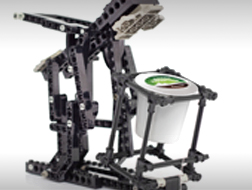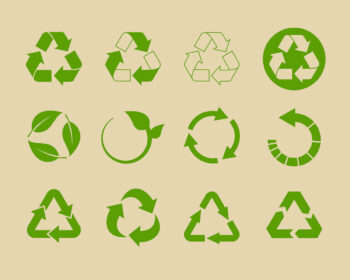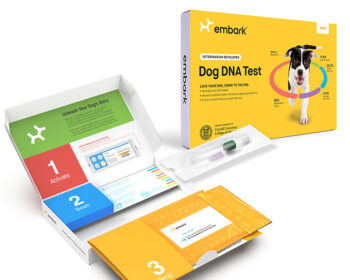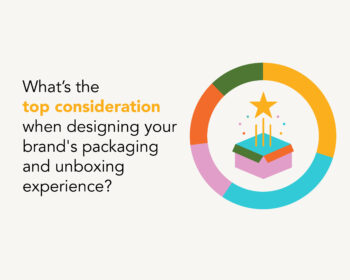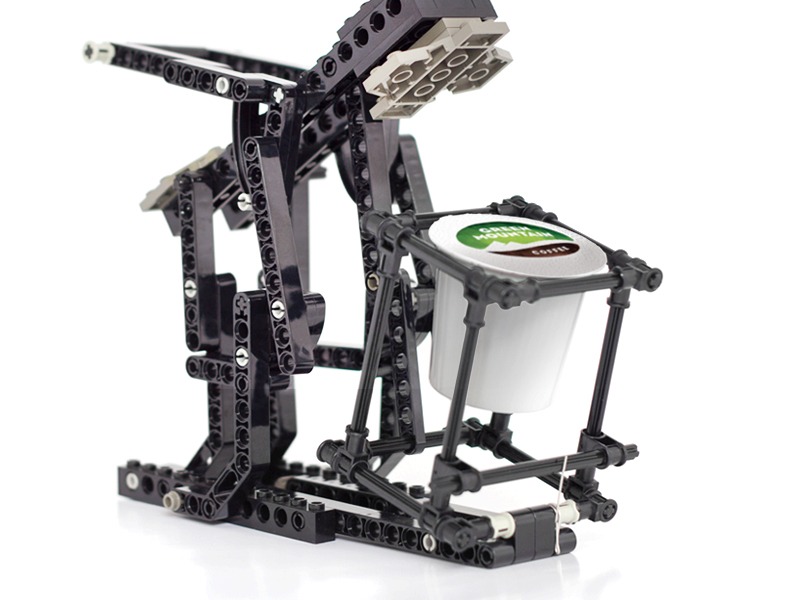
Whether the design task involves a product or packaging, most often our goal is to create enduring solutions that will stand the test of time; not only to amortize product development costs, but also to sustain brand recognition and customer loyalty over time.
Once in a very great while, enduring design solutions can become brand icons. The contoured glass Coca-Cola bottle, created in 1915, has achieved that status. But most product manufacturers would be satisfied with a product or packaging design shelf life that’s far shorter than a century. In some industries, a design solution that’s relevant for more than five years is considered a great success.
There’s no established playbook that makes enduring design solutions any easier to achieve, but at Motiv, there are lessons we’ve learned over the past decade that help shape our thinking.
Here are three of them:
1. Understand the user and market applications.
When Motiv designed the Sharpie Professional Chisel Tip marker for the construction trades, for example, we invested considerable time on job sites to understand how the pen was being used, and under what conditions. Based on those real-world insights, our enduring design solution included a strong tip capable of writing on abrasive surfaces, quick drying ink; a non-slip cap that was easy to remove even when wearing gloves; and an oval-shaped barrel to prevent the pen from rolling off flat surfaces.
Those product design features, based on a thorough understanding of the end-user’s needs, have helped to make the Sharpie Professional the leading construction site permanent marker.
2. Design for tomorrow, rather than today.
Keurig changed the way that people drink coffee, and that journey began with brewers designed to accommodate groups of people in the workplace, rather than individuals and families in the home. Similar to the lessons learned by automobile manufacturers with their high-performance vehicles at racetrack, Keurig stress-tested and perfected their brewers’ operating issues based on its usage in a high-volume environment.
When Keurig asked Motiv to help them design its single cup coffee brewer for the home, we understood that – unlike the commercial market application – the product’s design would be a critical factor in changing consumers’ well-entrenched coffee brewing habits. We also understood, based on our experience designing other kitchen appliances, that the consumers who would initially purchase the Keurig brewers were seeking more than a quick, single serving of coffee. They were making a personal statement about themselves and their lifestyle.
In fact, the enduring design solution for the Keurig brewer was not based on focus group testing of any type. Instead, our design thinking was shaped by trends we had observed outside of the housewares category, such as the SEMA Show (the world’s largest display of customized vehicles) and KBIS Show (kitchen and bath fixtures) that we attend every year. Based in part on what we considered to be forward-looking design ideas, we created a sleek, modern-looking appliance unlike existing in-home coffee makers, using high quality materials that would satisfy aspirational consumer tastes, and also support a relatively high price point for the small electrics category.
Looking further down the road, we believed that the early adopters of Keurig’s home product would both want and pay for a very different coffee experience, and that the mass market would follow their lead. And that forecast is exactly what occurred.
3. Resist change simply for the sake of change.
With some frequency, we are asked by a client to re-design their product primarily because a major retailer is pressuring them for something new, often as a means to increase consumer interest for a particular category. When that occurs, prior to putting pen to paper we typically analyze the request by both closely examining the basis on which their retailer believes that a design change will improve market traction and by understanding the strengths and weaknesses of the current design through a landscape assessment, design trending and from the consumer’s perspective through research.
Very often, the outcome of a deeper inquiry convinces the client that the product is unlikely to benefit from a total redesign, unless:
- it will drive a meaningful value and behavioral shift through the addition of true innovation.
- the brand’s Visual Brand Language (VBL) is in dire need of an overhaul to remain competitive.
In many cases, there are ways to placate retailers by creating unique variants of their core design – through color and finish solutions – that will support and burnish the current VBL. What many product marketers have learned, sometimes after investing in a complete redesign without a legitimate reason such as a new and truly useful consumer benefit, is that their retail partners do not always know the customer as well as they need to.
In many cases, their target consumer is still learning to embrace the current design and a change would lessen the brand’s validity in their eyes as a solid, long-term player. Driven by a desire to increase revenue by any means, retailers are always asking manufacturers to “give us something new and interesting.” In the current market, where traditional brick & mortar retailers are fighting for survival against online competitors, it’s even more important for product manufacturers to resist design change simply for the sake of change.
At Motiv, our product design firm is constantly seeking new ways to produce enduring design solutions for two reasons: not only because it’s of benefit to our clients, but also because, as design professionals, it strengthens our sense of personal pride and ownership in ideas that stand the test of time.

